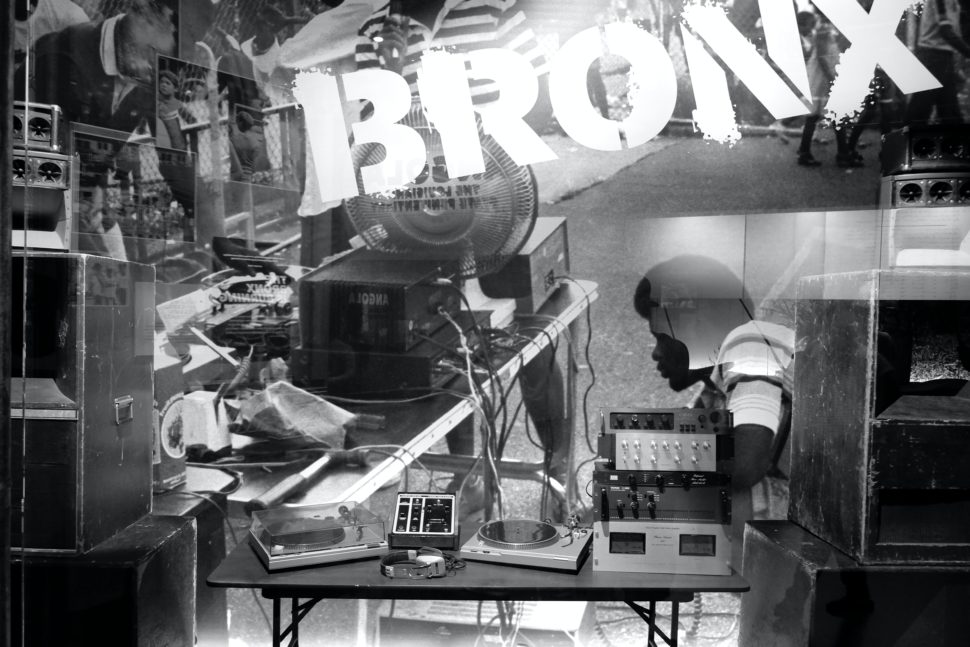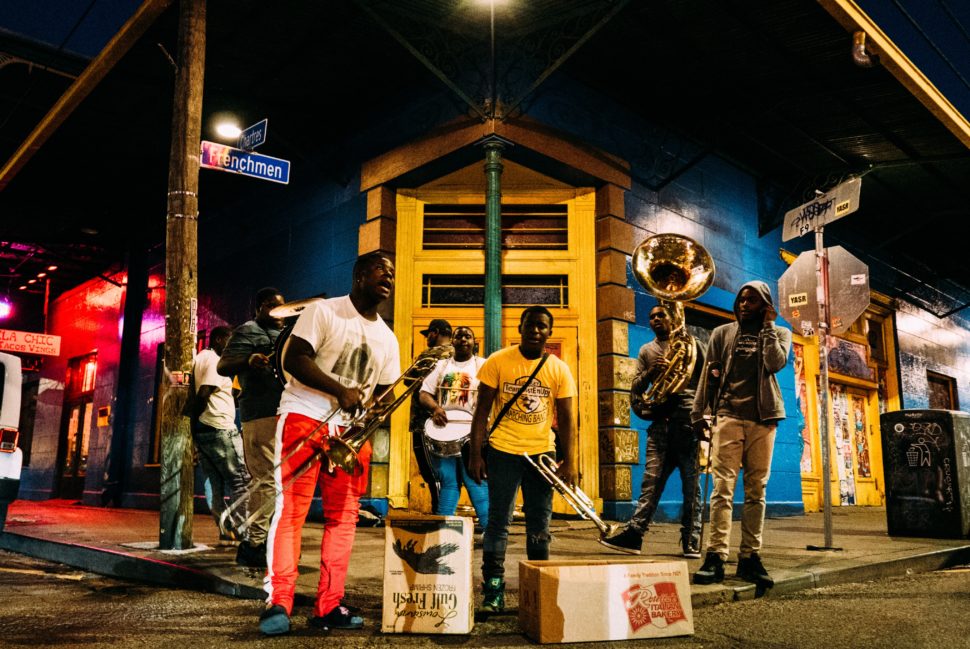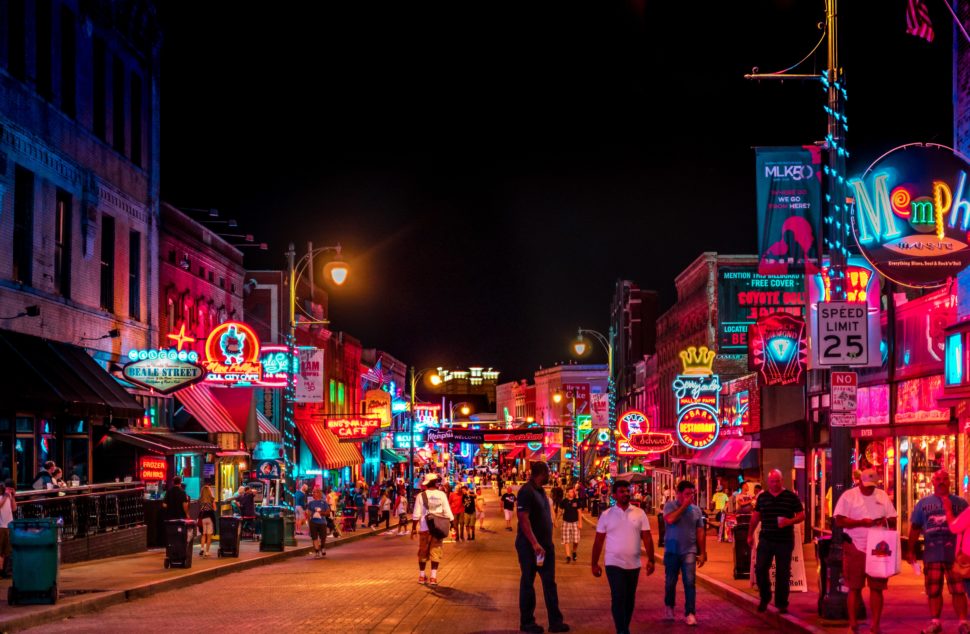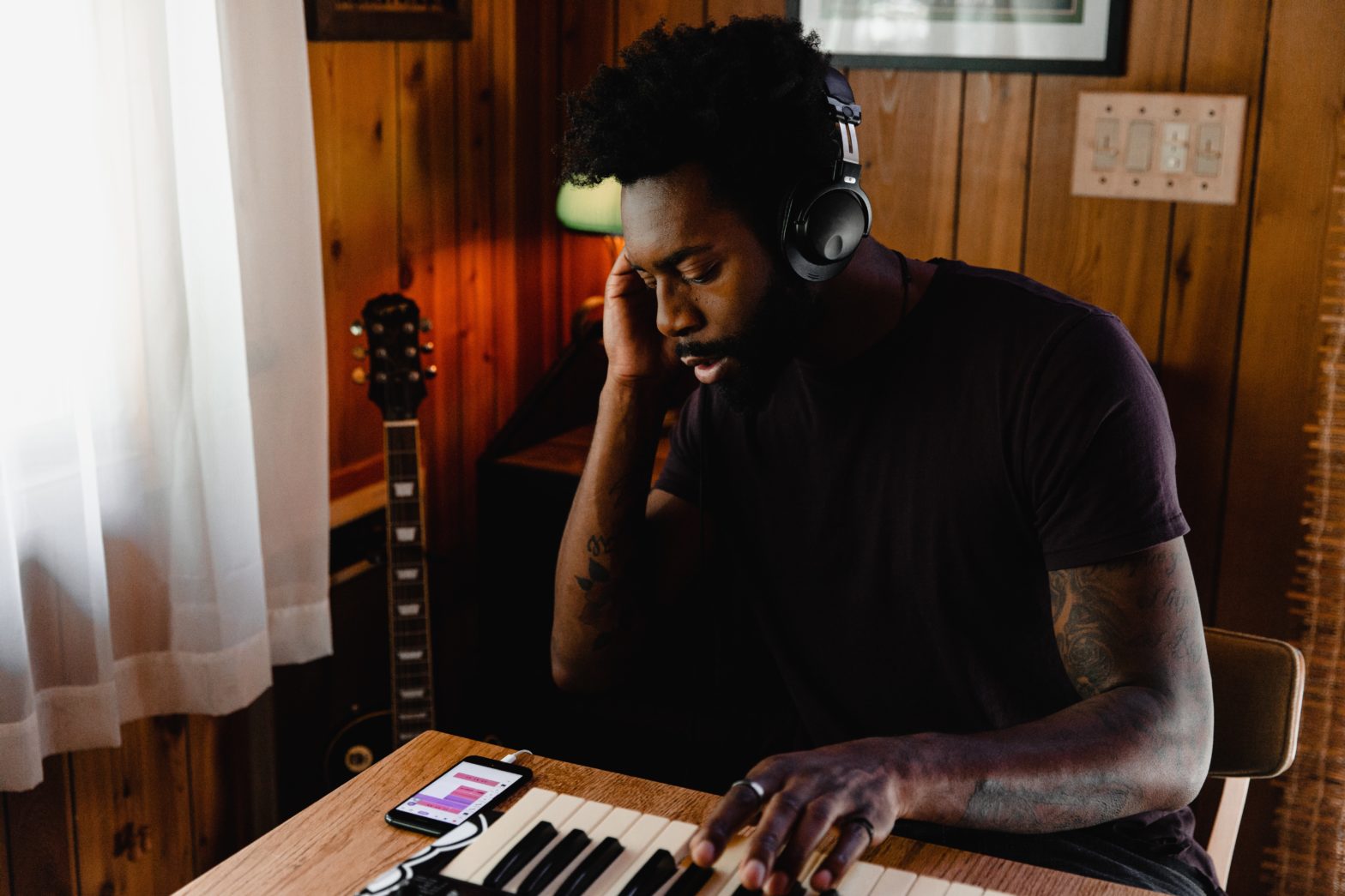Looking for all the details on the birthplaces of some of the best-known Black music genres? Travel Noire’s got you covered!
How do you quantify Black genius? There is no exact way to define it, but the music world is familiar with it intimately.
Countless genres were invented or taken to new heights by Black entertainers. Music is a healer, so it’s no surprise that the early pioneers of rap, jazz and rock and roll, dove into their work with gusto. Whether they got recognition in their lifetime is another story, but we honor them this Black History Month and beyond.
The international reach of Black music genres is too broad to cover in one article. Samba, salsa and merengue have undeniable African roots. But, that’s not all. There’s reggae and dancehall in Jamaica, soca and calypso in Trinidad, and afrobeat from Nigeria.
Argentina is linked to tango, but did you know the music and the dance draw from The Motherland? According to The Huffington Post, “tango has a heavy sub-Saharan African influence, and was born along the Rio Plata.”
Check out these five cities where Black music genres took root, and changed the American landscape forever.
Hip Hop – New York

It’s hard to believe the origins of hip hop stretch back 50 years. Time flies!
According to Curbed New York, hip hop was born “on a hot summer night in The Bronx in 1973.” A man named Clive Campbell, who also went by DJ Kool Herc, debuted this exciting new sound at a party and the rest is history. The site of the party, 1520 Sedgwick Avenue, “was recognized by the State Office of Parks, Recreation and Historic Preservation in 2007.” For hip hop lovers, the building is like a mecca of sorts even though it has no official marker.
The Bronx is home to The Universal Hip Hop Museum (UHHM), which was made possible in part thanks to Nas and LL Cool J, who are both from Queens.
Other popular rappers who came from New York include Jay Z, Lil’ Kim, Biggie Smalls and Busta Rhymes. Tupac’s earliest years were in New York before he made a name for himself in California. A Tribe Called Quest, which formed in 1985, was one of the most influential rap groups in history, and that’s hardly an exhaustive list.
House – Chicago

If you love house music, thank the godfather of the genre, Frankie Knuckles.
After moving to Chicago from New York, his career as a producer and DJ took off through the 70s. Knuckles helped craft the blueprint for house, alongside Ron Hardy, Larry Heard, JM Silk and others. Their music packed dance floors, especially The Warehouse in Chicago’s West Loop area.
According to Masterclass, “Knuckles created continuous dance grooves by splicing together records with a steady four-on-the-floor pulse and tempos ranging from 120 to 130 beats per minute. House tracks often use the Roland TR-808 and TR-909 drum machines.”
Over the years, acid, deep, electric and progressive house, gained an audience. If you’re looking to create a moody atmosphere for driving or a spicy evening, deep house is ideal. The others are more upbeat.
Also, under the electronic music umbrella are trance, techno, jungle and EDM. All of these were molded to varying extents by Black artists.
Jazz – New Orleans

According to the New Orleans site, “New Orleans cats took the music they heard at home, in church and in barrooms, put it all together and created a new sound.” Jazz is wild and jubilant music that makes everyone feel “free and easy.”
Louis Armstrong and Wynton Marsalis were born in New Orleans. Fats Domino, who made his mark as a rock and roll artist, was also born there. You’ll see statues dedicated to some of these icons at Musical Legends Park.
An earlier jazz musician was Ferdinand “Jelly Roll” Morton. He summarily dismissed the very suggestion that jazz came from anywhere, but his home city. He said, “it is evidently known, beyond contradiction that New Orleans is the cradle of jazz, and I myself happen to be the inventor in the year 1902.”
New Orleans is so proud to have created jazz that there are very few places you can go without hearing it. Live music venues, Mardi Gras events and yes, even funerals. Jazz birthed several sub-genres, including smooth jazz. This was popularized on radio by the likes of Najee, Paul Taylor and Grover Washington, Jr.
Soul – Detroit

The New York Times wrote, “the Motown sound, embraced around the world, still resonates.” Some of the most iconic acts got their start with Motown. This Detroit-based studio, founded by Berry Gordy, catapulted The Supremes, The Temptations and The Jackson 5 to stardom. Stevie Wonder, Smokey Robinson and Marvin Gaye were also part of the roster in its early years.
Gordy and his family took up residence at 2648 West Grand Boulevard in Detroit. Part of the complex functioned as a recording space, and if those walls could talk, they’d have stories for days. He was a gifted songwriter with solid business acumen. When artists were brought under his wing, the ability to sing or play an instrument wasn’t enough. They were coached in poise, which was crucial to their longevity in show business.
The Motown studio is now a museum, which educates visitors on a magical era in Black music history. It will reopen Feb. 22, so be sure to book a tour if you can.
Blues and Rock and Roll – Memphis

Memphis is home to The Stax Museum of American Soul Music. This was where Otis Redding was discovered, first as a valet, then as a star. The Memphis Music Hall of Fame explained, “one of Stax’s greatest attributes was its willingness to give anyone a fair shake. No one symbolizes that fundamental democratic opportunity better than Otis Redding.”
The common belief is that Elvis was the king of rock and roll, but where would he be without Chuck Berry, Little Richard, and Fats Domino? Not to mention Sister Rosetta Tharpe, who bridged gospel and rock and roll a good decade before Elvis.
But rock’n’roll wasn’t the only Black music genre that moved Elvis. As a child in Mississippi, he was hypnotized by gospel. Obviously, he enjoyed enormous commercial success. But there were talented Black artists who might have reached the same, or even greater heights were they not hindered by racism.
Stax dedicated a section of its site to Little Richard, though he never recorded at that studio. He turned heads with his flamboyant style, which would eventually become his signature. His energetic and suggestive performances made Elvis’ hip-swiveling look tame. Stax wrote, “[Little Richard’s] over-the-top singing style was filled with screams and moans and high-pitch screeching, all laid into his combination of gospel, boogie-woogie, and rhythm and blues.”
Today, you can get your blues and rock and roll fix at one of the many clubs on Beale Street.





